Welcome to the exhilarating world of electronic mountain bikes (e-MTBs)! This is your guide to electric mountain bikes – curated for the adventurer in you. From understanding the nuances of E-Mountain Bikes (e-MTBs) to finding the best electric mountain bikes and exploring top-rated brands, this guide covers it all. We have insightful reviews, countless benefits, and valuable maintenance tips, all so you can revolutionize your mountain biking experience!
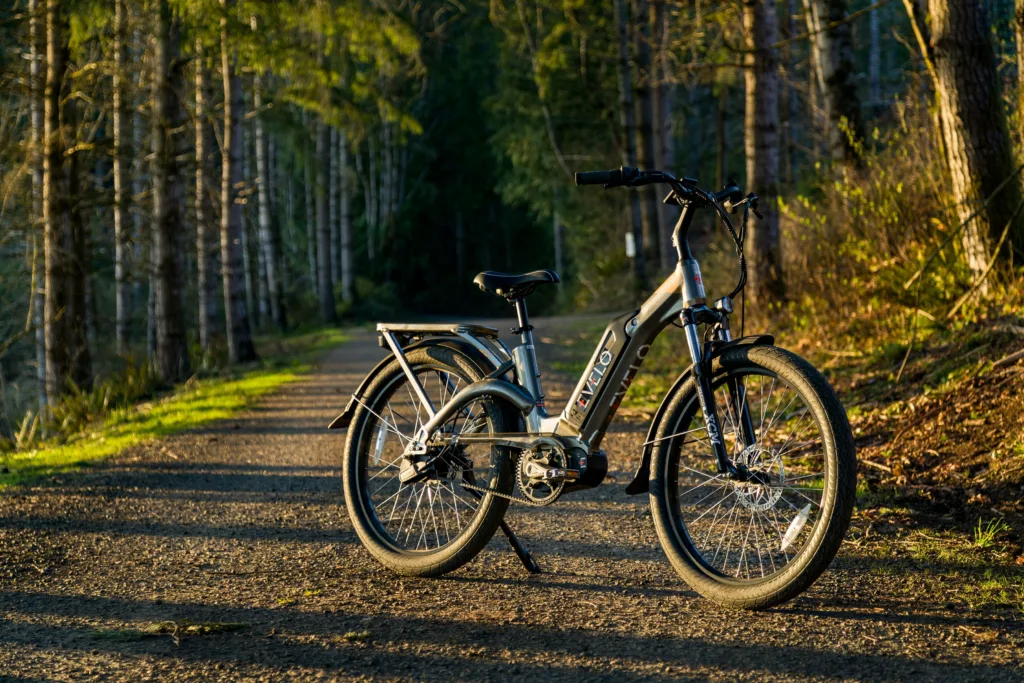
What are Electric Mountain Bikes?
An electric mountain bike, also known as an e-MTB, is a standard mountain bike equipped with an integrated electric motor and battery. It offers pedal assist, which means the motor helps you pedal, making steep climbs and long rides less taxing. However, it’s crucial to note that these are not motorbikes; the motor only assists the rider’s own pedal power rather than replacing it.
In recent years, the development and popularity of e-MTBs have skyrocketed. According to a report by Grand View Research, the global electric bikes market size was valued at USD 40.3 billion in 2019 and is expected to grow at a compound annual growth rate (CAGR) of 7.9% from 2020 to 2027.
Why Choose Electric Mountain Bikes?
Electric mountain bikes, or e-MTBs, have been steadily gaining popularity over the past few years. And for a good reason. They offer benefits that combine the thrill of traditional mountain biking with the convenience and versatility of electric assist. Here’s why you might want to consider getting an e-MTB:
1. Leveling the Playing Field: E-MTBs make mountain biking accessible to a wider range of people. Maybe you love the idea of tearing down mountain trails but are put off by the prospect of tough climbs. Or perhaps you’re an experienced rider who wants to keep up with fitter or younger friends. The assistance provided by an e-MTB can help bridge the fitness gap, allowing groups of varying abilities to ride together.
2. Greater Range: With the added boost from an electric motor, riders can cover greater distances and explore trails they might not otherwise consider. A 2021 study by the NPD Group found that e-MTB riders typically ride 30% farther than those on traditional mountain bikes.
3. Increased Riding Frequency: The same study found that e-MTB owners tend to ride more frequently than those who own traditional mountain bikes. The assistance provided by the electric motor can make riding less daunting, encouraging riders to get out more often.
4. Environmental Friendly: While any type of cycling is environmentally friendly compared to driving, e-MTBs can be especially so. The electric assist can make an e-MTB a viable alternative to a car for longer commutes, reducing carbon emissions. According to a 2022 report from the European Cyclists’ Federation, if 7.5% of all city miles traveled were by e-bike instead of a car, CO2 emissions could be reduced by up to 10 million tons per year.
5. Fitness Benefits: Despite the assistance provided by the electric motor, riding an e-MTB can still provide a significant workout. A 2018 study published in the Clinical Journal of Sport Medicine found that while e-MTBs do reduce the effort required, riders still exercise at a high enough intensity to improve cardiorespiratory fitness.
6. Fun Factor: E-MTBs are simply fun to ride! The added speed and the ability to tackle more challenging terrain can make for an exhilarating ride.
As e-MTBs continue to evolve, with lighter weights, longer battery life, and more advanced features, they’re set to become an increasingly popular choice for both recreational and serious mountain bikers.
Environmental Benefits and Sustainability Metrics of Electric Mountain Bikes
As we face escalating climate concerns in 2023, the electric mountain bike (e-MTB) offers a path forward, combining sustainable transportation with outdoor adventure. In addition to their ability to traverse tough terrain, e-MTBs deliver tangible environmental benefits, supported by some compelling sustainability metrics:
1. Lower Carbon Emissions: A pivotal environmental benefit of e-MTBs is their contribution to reducing carbon emissions. A study in the Journal of Cleaner Production showed that electric bicycles, which include e-MTBs, emit 8-10 times less CO2 per kilometer than cars and motorcycles. Considering the average person in the United States drives around 13,500 miles (or approximately 21,700 kilometers) per year, substituting some of those miles with e-MTB use can significantly reduce individual carbon footprints.
2. Efficient Use of Energy: Electric mountain bikes are remarkably energy-efficient. According to the European Cyclists’ Federation, e-bikes are about 13 times more energy efficient than conventional cars and 6 times more efficient than rail transport. To put that into perspective, a typical e-MTB uses about 100Wh for every 20 kilometers, compared to a car which uses approximately 13,000Wh for the same distance.
3. Reduced Noise Pollution: They contribute to less noise pollution, as they operate much more quietly than traditional off-road vehicles. This aspect is crucial in maintaining the serenity of natural environments and minimizing disturbances to local wildlife.
4. Encourages the Use of Green Spaces: They can foster an increased appreciation for natural spaces. As more people take to the trails on their e-MTBs, they become ambassadors for conservation, and the increased interest in nature can lead to more support for preserving these green spaces.
5. Sustainable Manufacturing and Recycling Initiatives: Sustainability in the e-MTB industry extends beyond the ride itself; manufacturers are increasingly adopting sustainable practices. ‘Trek’, for example, operates a bike recycling program and is committed to reducing waste in its manufacturing processes. Meanwhile, ‘Specialized’ is developing almost 100% recyclable batteries, highlighting the industry’s commitment to a circular economy.
The environmental benefits of e-MTBs are clear. By focusing on sustainability metrics like carbon emissions, energy efficiency, noise pollution, appreciation for green spaces, and sustainable manufacturing practices, e-MTBs are carving out their space in the eco-friendly transportation landscape of 2023 and beyond.
Understanding the Features of Electric Mountain Bikes
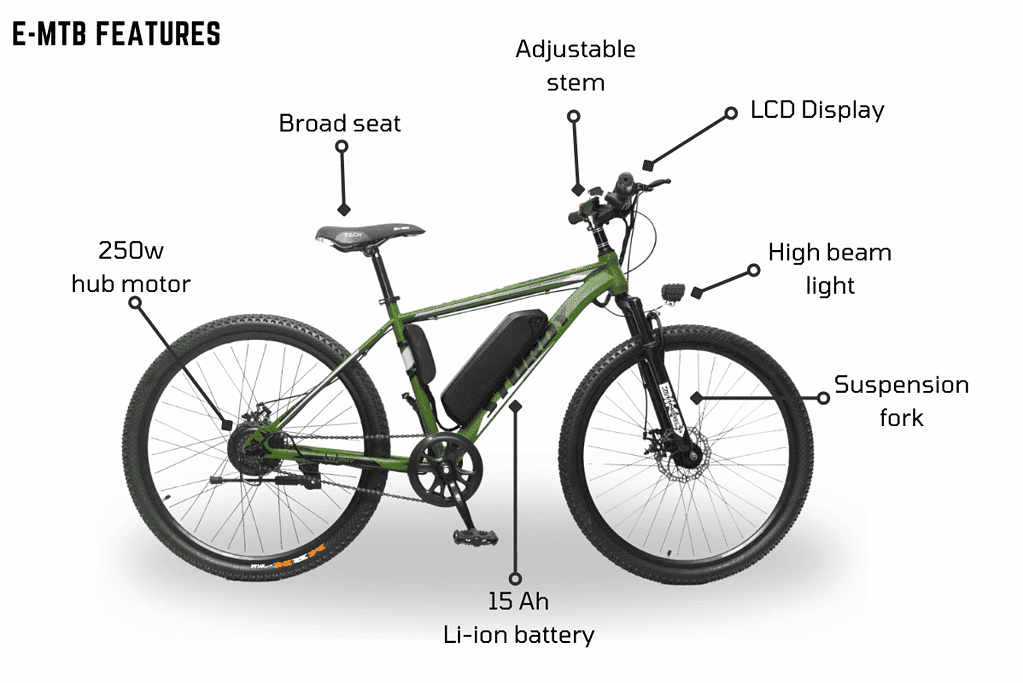
Here are some important features to consider when it comes to electronic mountain bikes:
1. Engine and Battery: The engine’s power and the battery’s ability altogether impact an e-MTB’s presentation. Engines by and large reach from 250 to 750 watts. An all the more impressive engine can assist with steep trips yet will deplete the battery quicker. Search for bicycles with great batteries from respectable makers to guarantee a life span and solid power conveyance.
2. Bicycle Type: E-MTBs come in various styles, including cross-country (XC), trail, and enduro. Pick a sort given the territory you’ll ride. XC bicycles are reasonable for quick, smooth paths, while trail and enduro bicycles are intended for additional specialized and testing territories.
3. Suspension: Suspension retains shocks and saves the wheels on the ground for better control. Hardtails have front suspension just and are lighter and less difficult. Full suspension bicycles have both front and back suspension, offering more solace and control on harsh landscapes.
4. Tires: Greater, more extensive tires give more foothold and security, making them ideal for rough terrain riding.
5. Weight: E-MTBs are heavier than customary bicycles because of the engine and battery. Notwithstanding, lighter e-MTBs are more straightforward to deal with and transport.
How to Choose the Right Electric Mountain Bike
Choosing the best electric mountain bike (e-MTB) requires taking into account numerous important criteria, including the type of riding you intend to undertake, the bike’s features, and your budget. Here’s a comprehensive guide to help you make the right decision:
1. Determine Your Riding Style: Before you start looking for an e-MTB, you must first determine your riding style. Will you be riding on moderate trails, cross-country, downhill, or a combination of these? Different bike features can help different types of riding. Downhill cyclists, for example, may require full suspension for improved control and comfort, whilst cross-country riders may prefer a hardtail for efficiency. To add on, a survey was conducted by CyclingIndustry.News in 2022 found that 52% of e-MTB riders engage in cross-country riding, indicating the versatility of these bikes.
2. Recognise Motor Location: E-MTB motors are normally located in one of two locations: the hub (rear wheel) or the mid-drive (crank and pedal area). Mid-drive motors are often more balanced and efficient for climbing and off-road conditions, but hub motors are less expensive and quieter.
3. Consider Battery Capacity and Range: Battery life is important, especially for lengthy journeys. Think about how far and how long you intend to ride. The capacity of e-MTB batteries is often indicated in watt-hours (Wh), with a larger Wh number indicating a greater range. However, numerous factors can affect the actual range, including rider weight, terrain, temperature, and motor assist amount.
4. Suspension: E-MTBs come in two main types: hardtail, which has suspension forks at the front but none at the rear, and full suspension, with both front and rear suspension. Full suspension bikes offer more comfort and control on rough terrain, while hardtails can be more efficient and lighter, making them suitable for smoother trails.
5. Weight and Materials: The weight of e-MTBs can vary significantly based on the frame material, the motor, and the battery. Lighter bikes will be easier to handle and ride, especially without motor assistance. However, they can also be more expensive. Frames are usually made of aluminum or carbon fiber, with the latter being lighter but more costly.
6. Size and Fit: Just like traditional bikes, e-MTBs come in different sizes. It’s crucial to get a size that fits you well for comfort and control. Check the manufacturer’s sizing guide, but if possible, try the bike in person to see how it feels.
7. Budget: e-MTB prices can range widely, from $1,000 to over $10,000. Higher-end models often feature lighter materials, superior suspension, and higher-performing motors and batteries Determine your budget in advance and consider what features are most important to you.
8. Read Reviews and Test Ride: Once you’ve narrowed down your options, read reviews from reputable sources like OutdoorGearLab3 and Bicycling to understand the pros and cons of each model. If possible, do a test ride to get a feel for the bike.
Choosing the right e-MTB involves careful consideration of these factors. With the right preparation and research, you can find a bike that suits your needs and enhances your mountain biking adventures.
Top Brands for Electric Mountain Bikes
The world of electric mountain bikes (e-MTBs) is constantly evolving, with new innovations and technology introduced each year. While there are many quality brands available in the market, here are five of the leading ones that consistently garner high praise for their superior design, functionality, and customer satisfaction:
1. Specialized
Renowned for its commitment to innovation and quality, Specialized has made a significant mark in the e-MTB landscape. The brand’s crown jewel, the Turbo Levo, epitomizes its dedication to excellence. With its robust motor, long battery life, and high-grade components, the Turbo Levo offers a blend of power, performance, and endurance that’s hard to beat. Moreover, Specialized’s MasterMind Turbo Control Unit provides riders with a seamless and intuitive way to control and customize their ride, setting a new standard in the e-MTB industry.
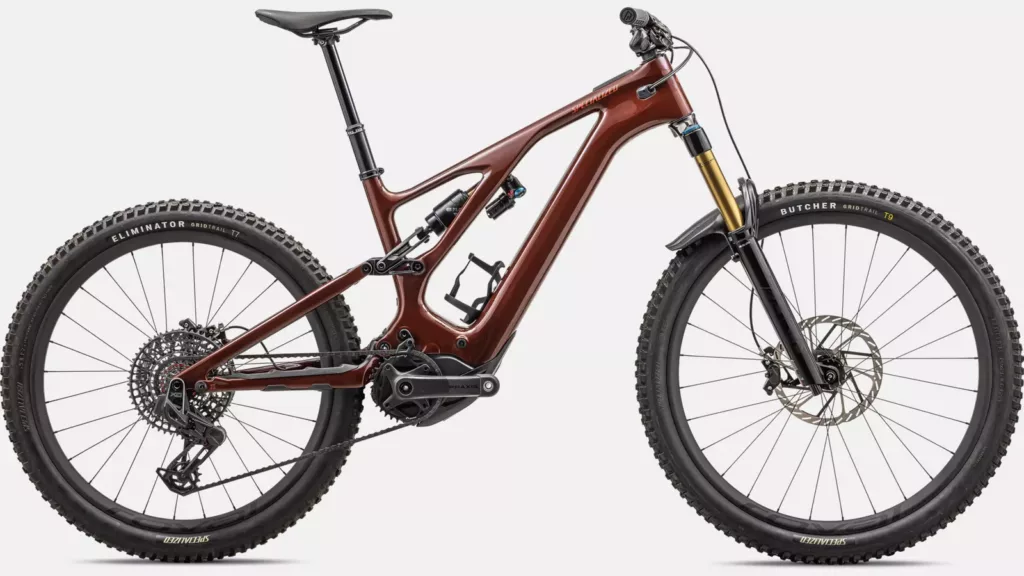
2. Trek
Trek, a staple name in the world of mountain biking, continues to make waves with its impressive range of e-MTBs. The Powerfly series, in particular, is acclaimed for its reliability and power. Combining sleek design with Bosch’s Performance CX motor, Trek’s Powerfly delivers the durability and performance mountain bikers need for rugged trails. The Powerfly lineup also features Trek’s exclusive Removable Integrated Battery system, offering easy access and great protection for your battery.
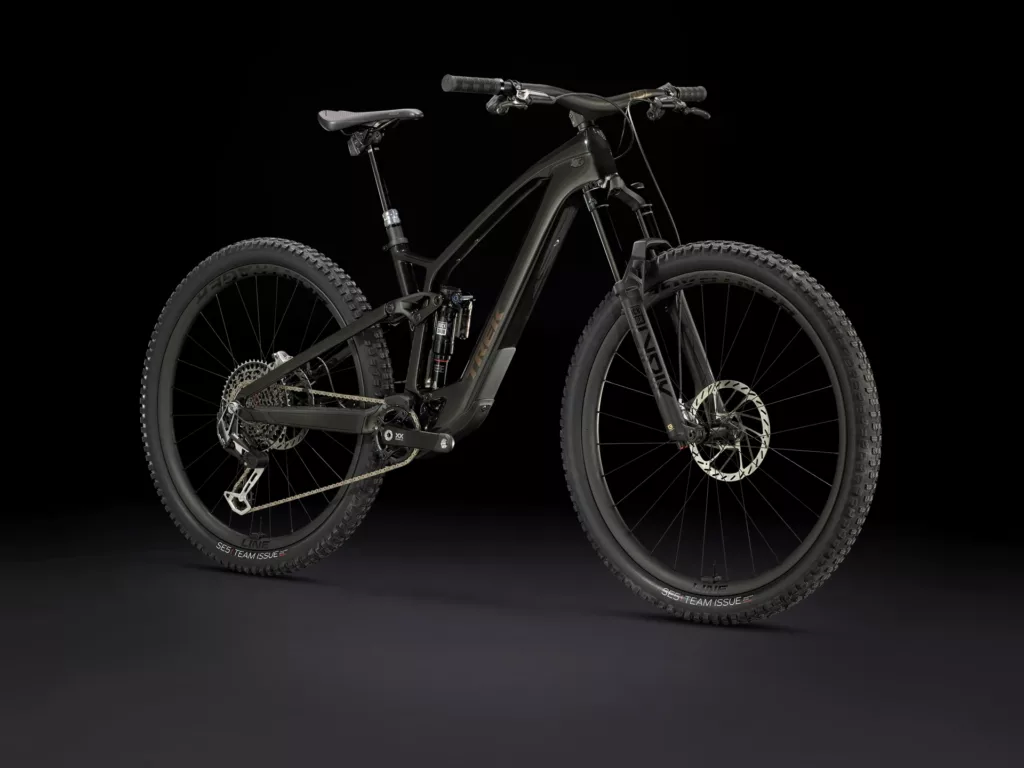
3. Giant
Known for providing excellent value, Giant has made a significant impact on the e-MTB market. The Trance E+ series, for instance, offers advanced motor technology coupled with a smooth ride, making it an attractive option for both beginners and seasoned riders. The EnergyPak Smart batteries used in Giant e-MTBs are compact, durable, and have a fast charging time, thus maximizing your time on the trails.
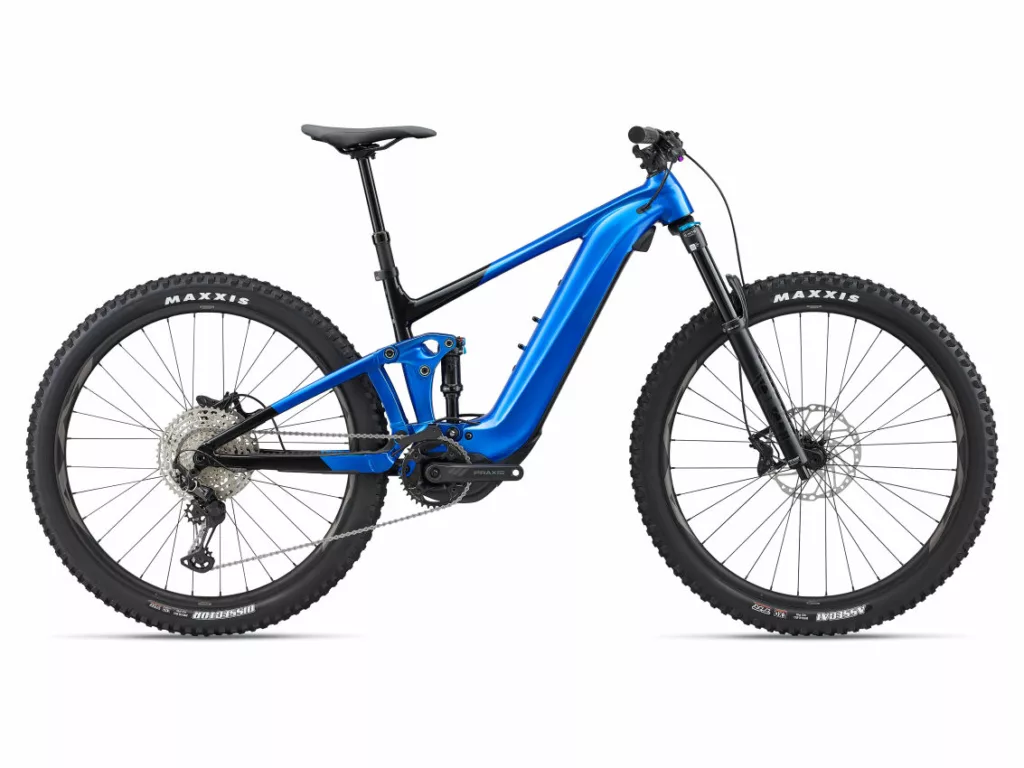
4. Canyon
German engineering shines in Canyon’s range of high-quality e-MTBs. Models like the ‘Spectral:ON’ demonstrate the brand’s ability to fuse innovative design features with excellent handling]. Canyon’s proprietary technology, like the Shapeshifter system on the ‘Spectral:ON’, offers two different geometries, allowing riders to switch between uphill and downhill modes at the press of a button, enhancing its adaptability and performance.
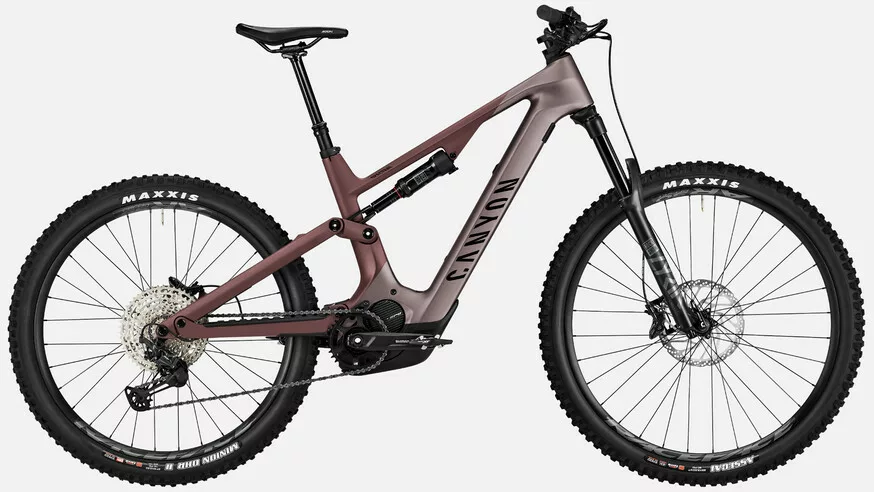
5. Bulls
Bulls is another brand making waves in the e-MTB arena, especially with the E-Stream series. With high-capacity SuperCore batteries and powerful, yet quiet Brose S-Mag motors, Bulls e-MTBs deliver impressive range and power, catering to riders who love long, adventurous rides. Furthermore, Bulls places a high emphasis on the integration of components, resulting in a sleek and harmonious design.
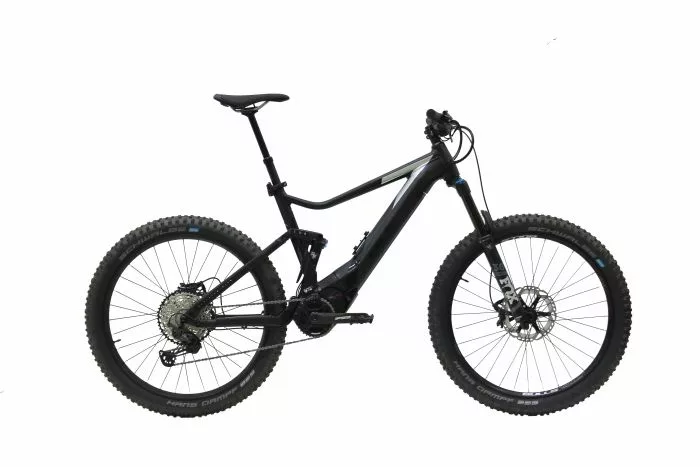
Choosing the right brand and model is crucial when buying an e-MTB, but nothing beats the insights you gain from a test ride. Remember, the best e-MTB for you is the one that suits your riding style, fits you well, and gives you the confidence to tackle the trails. Always remember to test-ride different brands and models to see what suits you best.
5 Best Practices for Riding an Electric Mountain Bike
Riding an e-MTB can be an exhilarating experience. However, the power and weight of these bikes mean they require slightly different handling than traditional mountain bikes. Here are five best practices to ensure a safe and enjoyable ride:
1. Start Slow: When you first start riding your e-MTB, begin on a flat, open space and get used to the feel of the bike. Start with the lowest assistance level and gradually increase as you get more comfortable. This approach helps you adapt to the added weight and acceleration of an e-MTB.
2. Anticipate the Trail: E-MTBs can reach higher speeds than regular mountain bikes, especially uphill. Be sure to anticipate your path, including obstacles and turns, and adjust your speed accordingly. Remember that stopping distances may also be longer due to the bike’s increased weight.
3. Master Weight Distribution: E-MTBs are heavier than regular mountain bikes, which can affect how they handle them, especially when cornering or going downhill. Practicing how to distribute your weight can improve your control. Generally, you should shift your weight back when going downhill and forward when climbing.
4. Respect the Rules and Others: Follow local regulations regarding where and when you can ride e-MTBs. Not all trails allow them, so make sure to check in advance. Also, be considerate of other trail users. Remember that your bike is faster and heavier, so give way when necessary.
5. Keep it Clean: After every ride, especially in muddy conditions, clean your e-MTB. Dirt and grime can accelerate wear and tear, especially on the drivetrain. Use a soft brush and soapy water, but avoid directly spraying water into the motor and battery areas.
Maintaining Your Electric Mountain Bikes
Keeping your e-MTB in good working order prolongs its life and ensures you have a safe and enjoyable ride. Here are seven tips for maintaining your e-MTB:
1. Keep it Clean: Regular cleaning is crucial, especially after muddy rides. Clean the frame, chain, gears, and other components with a soft brush and soapy water.
2. Check Tire Pressure: Incorrect tire pressure can affect your bike’s performance and may lead to punctures. Check the pressure before each ride and adjust according to the manufacturer’s recommendations and the terrain you’ll be riding.
3. Lubricate the Chain: The chain should be cleaned and lubricated regularly to prevent rust and ensure smooth pedaling. Use a bike-specific lubricant and remember to wipe off any excess.
4. Regular Brake Checks: E-MTBs are heavier and faster than regular bikes, placing additional strain on the brakes. Regularly inspect the brake pads for wear and replace them if necessary. Also, ensure the brake cables are in good condition.
5. Check the Suspension: The suspension absorbs a lot of impacts, especially on rough trails. Regularly check the fork and shock for any signs of damage or leaks. Keep them clean and consider a professional service periodically.
6. Look After the Battery: The battery should be stored in a cool, dry place and kept charged. Avoid exposing the battery to extreme temperatures, and don’t store it completely discharged.
7. Regular Servicing: Regular professional servicing can keep your e-MTB in top condition. While many maintenance tasks can be done at home, some things, like checking the motor, should be left to professionals.
The Future of Electric Mountain Biking
The future of e-MTBs looks promising as advancements in technology promise lighter weights, longer battery life, and improved performance. There is also a growing acceptance and establishment of e-MTB-specific trails, increasing places for people to enjoy these bikes.
Here are some trends we can expect:
1. Technological Improvements: Future e-MTBs will likely be lighter, more powerful, and have longer battery life. Advancements in motor technology may offer smoother and more natural assistance. Battery technology could also see significant developments, with improvements in energy density potentially leading to lighter, smaller batteries with longer ranges.
2. More Integration: The integration of electronics and cycling will continue to increase. Expect to see more sophisticated displays and controls, integrated lighting, GPS tracking, and even advanced theft protection. E-MTBs could also connect with smartphone apps to provide ride data, navigation, and maintenance reminders.
3. Greater Acceptance: As more people discover the benefits of e-MTBs, we can expect to see greater acceptance of these bikes in the mountain biking community. This shift will likely lead to an increase in the number of trails that allow e-MTBs, expanding opportunities for riders.
The Final Word!
In conclusion, e-MTBs offer a new, exciting way to enjoy the outdoors, regardless of your fitness level. With the right knowledge on choosing, riding, and maintaining one, an electric mountain bike can be a fantastic investment for years of cycling fun.
Join the green movement today, with Ecowiser, towards a sustainable future by choosing electronic mountain bikes! Browse our website and learn more about our sustainable products and how you can make a difference in creating a better future for the planet.








